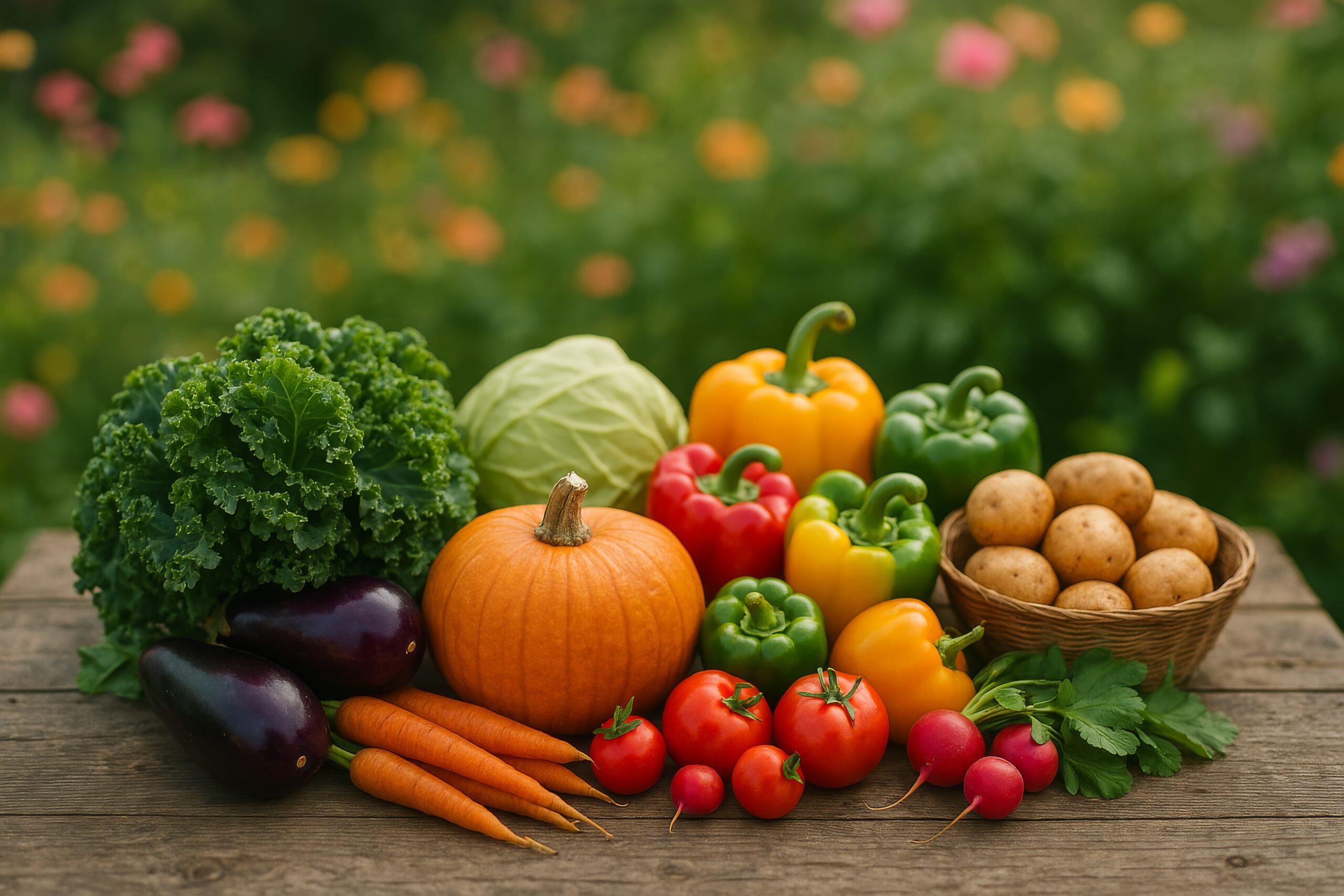🌱 16 Best Shade-Loving Vegetables for Cool, Low-Light Gardens
Not every garden gets full sun—and that’s okay! If your outdoor space is shaded by trees, fences, or buildings, you can still grow a lush and productive vegetable garden. Plenty of cool-weather and low-light vegetables thrive in partial shade, and some even prefer it.
In this guide, we’ll share 16 shade-tolerant vegetables that grow well without direct sunlight, making them perfect for shady garden beds, north-facing yards, or woodland-edge plots.
—
☀️ How Much Shade Is Okay for Growing Vegetables?
Before diving into the list, let’s clarify what we mean by “shade.”
Partial Shade (3–6 hours of sun/day): Most vegetables on this list thrive in this range.
Dappled or Filtered Sunlight: Great for leafy greens and herbs.
Full Shade (Less than 3 hours): Few edibles grow here, but some herbs and greens might survive.
—
🥬 Leafy Greens That Love Shade
These vegetables don’t need full sun and often prefer cooler, dimmer environments.
1. Lettuce
Why it thrives: Shade prevents bolting in hot weather.
Bonus tip: Sow every few weeks for a constant harvest.
2. Spinach
Shade sweet spot: Loves cooler, moist, shady areas.
Quick tip: Water consistently to avoid bitter leaves.
3. Kale
Tolerates: Light to moderate shade.
Best for: Fall or spring planting in low-light spots.
4. Mustard Greens
Performs well: Even with just a few hours of filtered sunlight.
Flavor: Peppery and bold—perfect for stir-fries or salads.
5. Parsley
Light needs: Thrives in partial shade with moist soil.
Perennial bonus: Can come back the following season in mild climates.
—
🥕 Root Vegetables That Handle Shade
These underground growers do well in partial sun, though they might take a bit longer to mature.
6. Beets
Greens love: Partial shade.
Roots prefer: Some sun—plant in a spot with morning light if possible.
7. Carrots
Growth tip: Slightly slower in shade, but still healthy.
Soil needs: Loose and well-drained for straight roots.
8. Radishes
Fast growers: Ready in as little as 3–4 weeks.
Shade bonus: Milder flavor and less woody texture.
9. Garlic
Needs some sun: Morning or filtered light works.
Best planted: In fall for summer harvest in shadier spots.
10. Leeks
Very shade-tolerant: Especially in cooler climates.
Planting tip: Hill soil around stems to blanch and sweeten them.
—
🥦 Cool-Loving Brassicas and Other Veggies
These vegetables love cooler temps and are ideal for gardens with limited sun exposure.
11. Broccoli
Handles light shade: Especially in warmer zones.
Heat protection: Shade helps reduce premature bolting.
12. Cauliflower
Part-shade hero: Keeps heads tight and white.
Growing tip: Shield heads from sun with outer leaves as they form.
13. Cabbage
Thrives: In cooler climates and partial shade.
Spacing: Needs room to form large, firm heads.
14. Brussels Sprouts
Prefers: Long growing seasons with some shade.
Flavors best: After a light frost—sweeter and milder.
15. Celery
Cool, damp, shaded conditions: Help stalks grow tall and tender.
Soil needs: Rich in organic matter and consistently moist.
16. Arugula
Grows fast: In partial shade, especially in spring and fall.
Tastes better: Shade slows bolting and reduces bitterness.
—
🌿 Tips for Success in a Shade Garden
Use reflective surfaces: Light-colored mulch or white walls can boost available light.
Choose raised beds or containers: Easier to move and improve drainage.
Harvest often: Especially with leafy greens to encourage new growth.
Monitor moisture: Shade gardens can stay damp longer—avoid overwatering.
—
🌞 Final Thoughts: You Don’t Need Full Sun to Grow Food
If your garden lacks all-day sunlight, don’t be discouraged. With the right shade-loving vegetables and a few smart techniques, you can enjoy a steady harvest from spring to fall.
Whether you’re working with a small backyard, urban patio, or tree-shaded garden, there’s a veggie on this list ready to thrive in your space. 🌿🥕🥦

